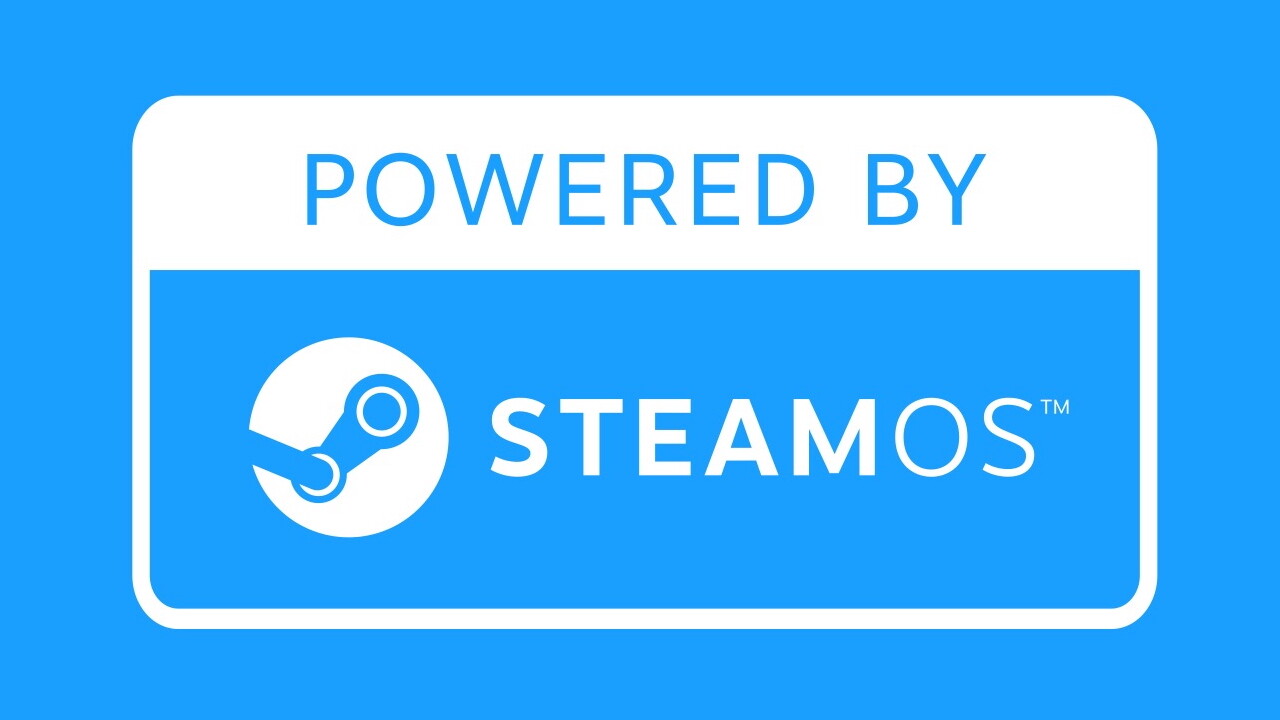Nuclear Case in Linux Test: Benchmarks with AMD, Intel, Nvidia, and Steam Deck 82 Comments

Image: Larry Ewing, Simon Budig, Garrett Lesaf
On a Windows gaming PC, Nuclear Case (Technology Test) can run at high performance. Nice, albeit flickering and with often outdated textures, the title now also supports graphics cards from AMD, Intel, and Nvidia under Linux. Steam Deck was also tested, as Valve lists it as compatible.
Table of Contents Benchmarks with AMD, Intel, Nvidia, and Steam Linux Compatibility Test and Benchmark System Benchmarks and Desktop Linux Compatibility with AMD and Intel Steam Deck Compatibility Conclusion
Linux Compatibility Ex Works
Nuclear Case is advertised directly on the Steam store as verified for Steam Deck. A look at Protondb also reveals a “Platinum” rating for the title. The nuclear case is verified for the steam bridge
 Test system and reference scene
Test system and reference scene
The already known Linux test system is used for testing on the free operating system. Accordingly, an AMD Ryzen 7 9800x3d forms the core, disturbed on an Asus X670E-Pro WiFi. 64 GB of GDR5-6000 RAM with CL30 timing is located on the processor side. The AMD RX 9070 XT and RX 7800 XT graphics cards are used as representatives of the RDNA-4 and RDNA-3 generations. The new ARC-B580 graphics card is competing for Intel. Not shown in the benchmarks, but an RTX 3070 Ti is used to check compatibility with NVIDIA. On the software side, a current Arch Linux with kernel 6.13.8 and Mesa 25.0.2 are running on the system. The Nvidia driver is version 570.133.07. KDE Plasma 6.3.3 sets the desktop to x11 mode. Freesync does not materialize. The Steam Bridge is the standard LCD model with SteamOS 3.6.20.
As a benchmark scene, the same 20-second test sequence in the “Casterfell-Wald” map section is run as in the Windows test. Vegetation and reflections also require their toll from the graphics card under Linux, while ensuring comparability with Windows. The benchmark resolution is 2560 × 1440 in the Ultra preset. For the Steam Bridge, on the other hand, its native resolution (1280 × 800) is used and the performance of the various presets is tested.
Benchmarks and Compatibility
Linux Desktop with AMD and Intel
AMD and Linux are the team of choice for interested gamers, even in the nuclear scenario. The new generation RNDA4 is even slightly better than its predecessor RDNA3.
While the RX 9070 XT is virtually identical to Windows in terms of frametime, AMD’s latest iteration under Linux even delivers nearly 3 fps on average. Nothing earth-shattering, but a familiar trend under Linux.
With RDNA3, the situation looks a little different. In many games, AMD graphics cards often deliver higher average frames under Linux and pay off in low frame rates, as is usually the case with the RX 7800 XT. But in nuclear games, the smaller Radeon usually attracts the shortest. A good 2 fps drop on average and 3 fps drop in the low 1% range seems like a lot, but in percentage terms, the lows are almost 4% lower in the low range.
The view of the Intel B580 Battlemage graphics card shows no good driver performance under Linux. Instead of nearly 60 fps with a B580 under Windows, the same graphics card delivers only 42 fps on average. The low frame rates don’t look any better either. While the Intel graphics card manages to generate nearly 54 frames per second under Windows, it’s only 39 under Linux. Tweaking the settings is a must for gaming with Intel.
Steam Deck
The nuclear affair begins on the mobile handheld without hesitation. The “Medium” preset delivers an average of over 30 fps in the benchmark scene and close to 30 fps in the 1% lows. This means the game is generally smooth, but depending on the scene, a slightly choppy feeling can still occur.
Reducing the lowest setting results in a much smoother experience with 53 frames per second, and the lows are also higher at 40 fps than the average FPS in the Medium preset.
Since the two settings are barely visually different on the small screen, turning up the graphics option a lot makes a big difference. A look at the higher presets “High” and “Ultra” demonstrates the overload of Valve’s mobile console. Especially in the Ultra preset, the nuclear affair becomes a slideshow. The “high” preset isn’t any better either, but it still allows you to keep the average FPS at 20.
compatibility
Nuclear Case’s compatibility under Linux is very good. All three graphics card manufacturers and Steam Deck can play the game. While DMA is identical or just behind the Windows experience in Linux performance and is also possible for several hours without crashes or similar issues, Intel graphics cards are at least possible to ensure compatibility. Yes, you can also play Nuclear Case with Intel, but the performance lags behind Windows.
Nvidia didn’t find a place in the benchmark, but the editorial team at least verified the general runtime: yes, the game runs with an NVIDIA card without any anomalies—as other Protondb users confirm.
Steam Deck manages to offer a fluid gaming experience, and it is always possible to adjust the settings. The title rightly bears the “verified” predicate.
Conclusion
Nuclear Case doesn’t offer contemporary high-end graphics, but on the other hand, has no performance issues and runs under Linux with all relevant graphics cards. Steam Deck players can also take advantage of the Asura Engine. If you’re interested in the End-On-Time setting as a Linux user and want to take a look at the title, the operating system doesn’t put any obstacles in your way.
Was this article interesting, helpful, or both? The editorial team welcomes any support from Techastuce Pro and disables ad blockers. Learn more about screens based on the computer.
THEMES: Steam Game Steam Game

A lifelong video game enthusiast, Julien reviews the latest releases and explores the technologies transforming the gaming world.


